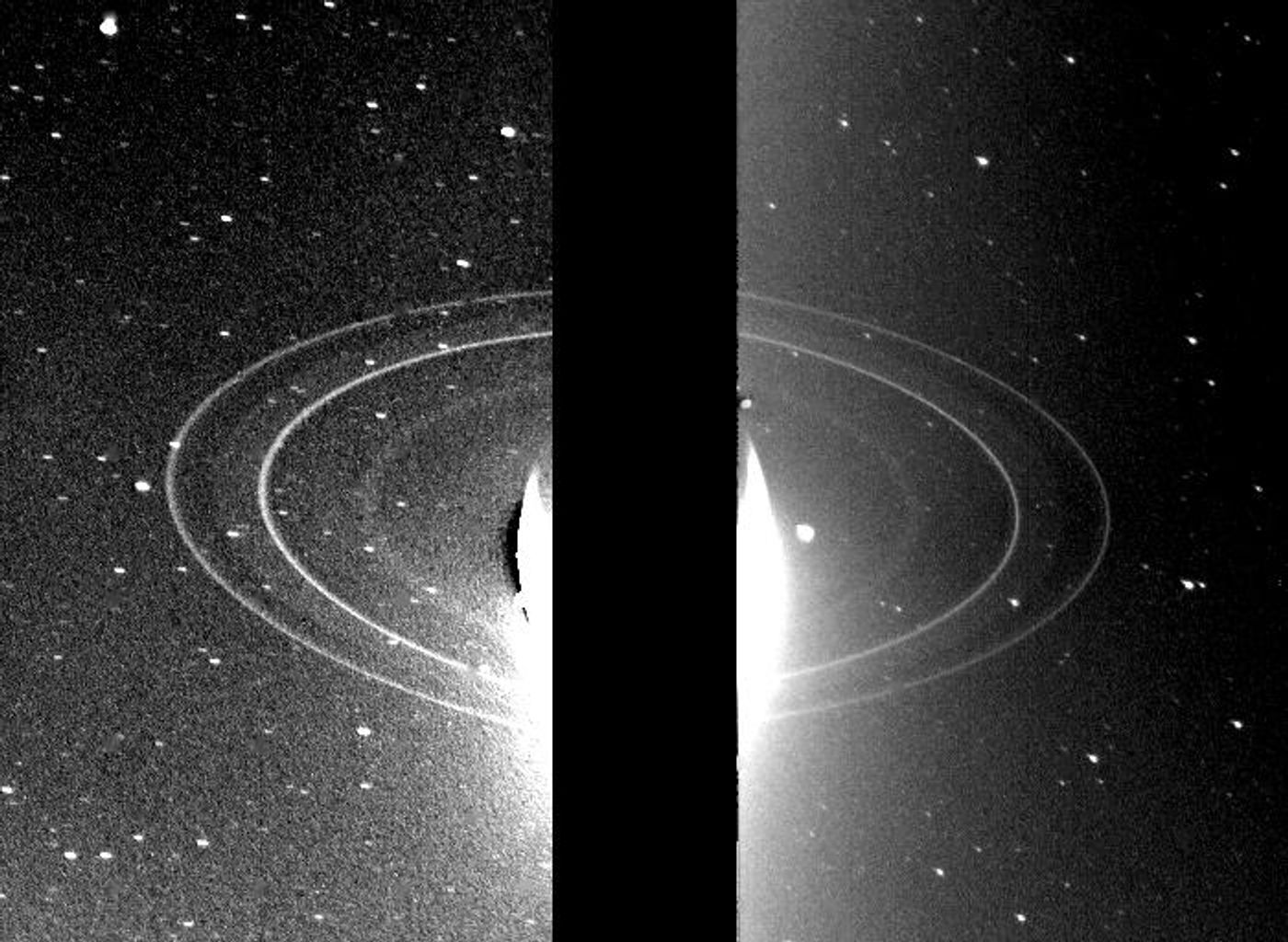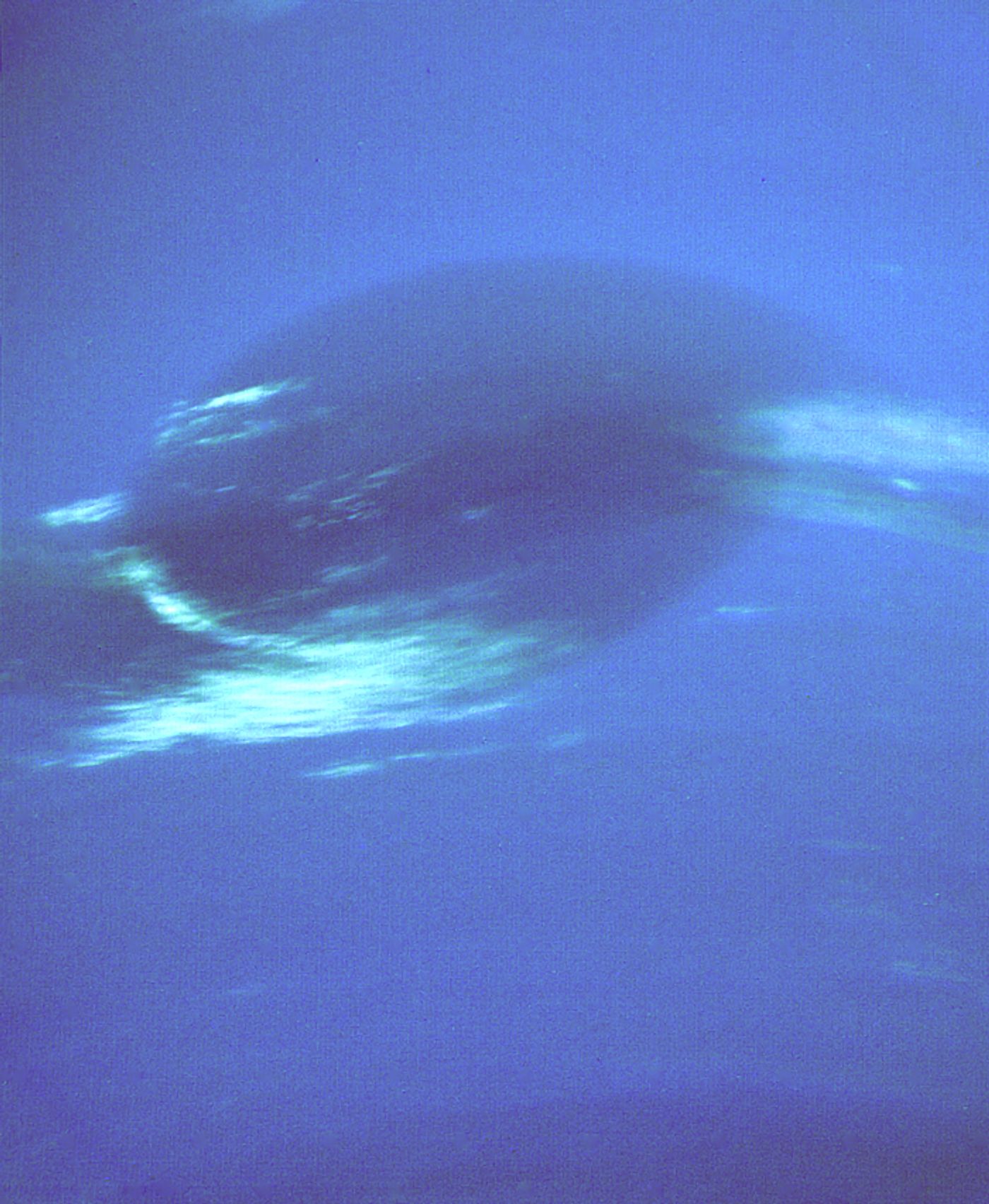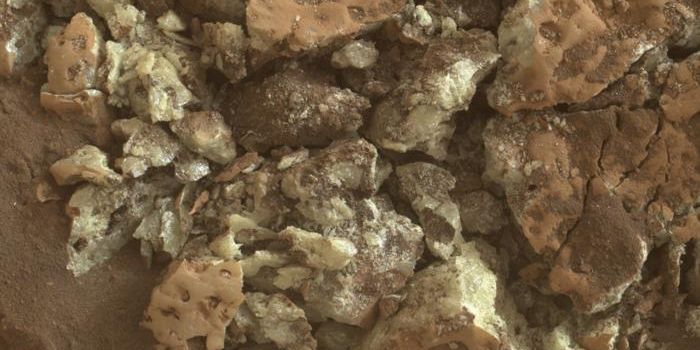Neptune - The Distant Planet
Neptune, the eighth planet from the Sun – The Distant Planet. This bright blue orb hanging out near the edge of the solar system has garnered intrigue from sky watchers and scientists alike. Like its three inward cousins, Jupiter, Saturn, and Uranus, it’s just a giant ball of gas, so what makes this planet so intriguing to study, and what have we learned from the limited observations we’ve made of it?
The planet we know as Neptune and its family of moons, the largest of which is Triton, have shown us how wonderful the universe truly is and have helped us better understand our place in the cosmos. Here we will explore Neptune’s physical characteristics, mythological and observational history, spacecraft exploration, moons, and determine what it is about Neptune that makes it so intriguing for scientific exploration.
Neptune Characteristics
The planet Neptune orbits almost 2.8 billion miles (4.5 billion kilometers) from the Sun and is about 30 times as far from the Sun as the Earth. Like Jupiter, Saturn, and Uranus, it is a gas giant, and its atmosphere is made up primarily of hydrogen and helium with a little bit of methane and a solid core in the middle about the size of Earth. Like its three gas cousins, Neptune also has rings, but they are believed to be young and short-lived.
Neptune orbits so far from the Sun that it takes about 165 Earth years to complete one orbit while one day on Neptune takes about 16 hours. One unique feature about Neptune is that it is sometimes farther out then Pluto due to Pluto’s elliptical orbit.
The most stunning feature on Neptune, discovered by Voyager 2, was a huge spinning storm in the southern hemisphere which scientists named the Great Dark Spot. This massive storm is similar to Jupiter’s Great Red Spot in that it’s so large that it’s roughly the size of Earth itself, having measured wind speeds of up to 1500 miles (2414 kilometers) per hour.
Ancient Astronomers
Because Neptune isn’t visible to the unaided eye from Earth, much like Uranus it was not privy to mythological observation as Saturn and the closer planets. It is because of this that Neptune was discovered strictly by mathematical observation rather than empirical (actual) observation. Nonetheless, when it was finally discovered it was named after the Roman god of the sea.
The planet Neptune wasn’t discovered until September 1846 by Johann Gottfried Galle, Urbain Jean Joseph Le Verrier, and John Couch Adams, who all worked independently to help discover this fantastic world. As stated, Neptune’s discovery was made using mathematics, more specifically, the analysis of data related to the orbit of Uranus. They noticed discrepancies between the predicted and observed positions of Uranus, meaning the planet was not quite where it was mathematically predicted to be.
While several hypotheses arose regarding these discrepancies, some astronomers began to question the existence of another planetary body beyond Uranus as the most likely explanation. Mathematical calculations were conducted by Le Verrier, while simultaneously being conducted by Adams, with neither knowing of the other’s work. This later created quite the international dispute to determine who was the “real” discoverer of what would be later named Neptune. Today, all three men are credited with discovering Neptune, as Galle was the first to knowingly see the planet through a telescope.
Spacecraft Missions to Neptune
Due to its incredible distance from the Sun, the Voyager 2 spacecraft is so far the only spacecraft to visit Neptune. This occurred in August 1989 and Voyager 2 flew about 2980 miles (4800 kilometers) above Neptune’s cloud tops, which was the closest of its four flybys of the gas planets. While visiting the farthest planet from the Sun, Voyager 2 discovered six new moons (Proteus, Larissa, Despina, Galatea, Thalassa, and Naiad) as well as four new rings.
During the encounter, Neptune was also found to be more active than previously believed, as Voyager 2 discovered wind speeds of 680-mile (1100 kilometer) per hour winds within its massive atmosphere. Since the Neptune encounter occurred 12 years after Voyager 2’s launch, another remarkable feat is that the spacecraft’s 10 instruments were all still in working order at this time.
Neptune Moons
Prior to Voyager 2’s encounter, Triton was the only known moon of Neptune, but we now know the gas giant has 14 known moons. The largest moon is Triton and Voyager 2 was able to photograph two-thirds of its surface during its visit. The remaining 13 known moons of Neptune are Naiad, Thalassa, Despina, Galatea, Larissa, Hippocamp, Proteus, Nereid, Halimede, Sao, Laomedeia, Psamathe, and Neso.
Aside from being Neptune’s largest moon, Triton is also geologically active, as Voyager 2 observed ice volcanoes on its surface, with one the plumes measured to be over five miles high. These ice volcanoes are thought to be liquid nitrogen, dust, or methane compounds emanating from the center of the moon. It is believed that Triton is what is known as a captured moon, meaning it did not initially form with Neptune and entered into orbit around Neptune some time later. This captured moon hypothesis might also explain why Triton is both the largest and the only geologically active moon of Neptune, as the remaining known 13 moons are barren balls of rock. Triton is so large that all of the remaining 13 known moons can fit inside of it with about 621 miles (1000 kilometers) to spare.
Future Missions to the Neptune System
While several future missions to Neptune are currently in the works, as of July 2021 there are no approved future missions to visit the Neptunian system. These proposed missions include Neptune Odyssey and a NASA Flagship mission; both proposed missions aim to explore Neptune and its largest moon, Triton, in more detail.
Both missions hope to explore how the interiors and atmospheres of ice giants evolve to help us better understand how gas exoplanets evolve and will also explore if Triton is indeed an ocean world, and the exact causes of its ice volcano plumes.
As always, keep doing science & keep looking up!
Sources: NASA Solar System Exploration, Cool Cosmos, Greek Mythology, EarthSky, NASA Solar System Exploration, Britannica, NASA Solar System Exploration, Science on a Sphere, Astronomy.com, Planets Education, The Planetary Society, NASA Science, Bulletin of the AAS













